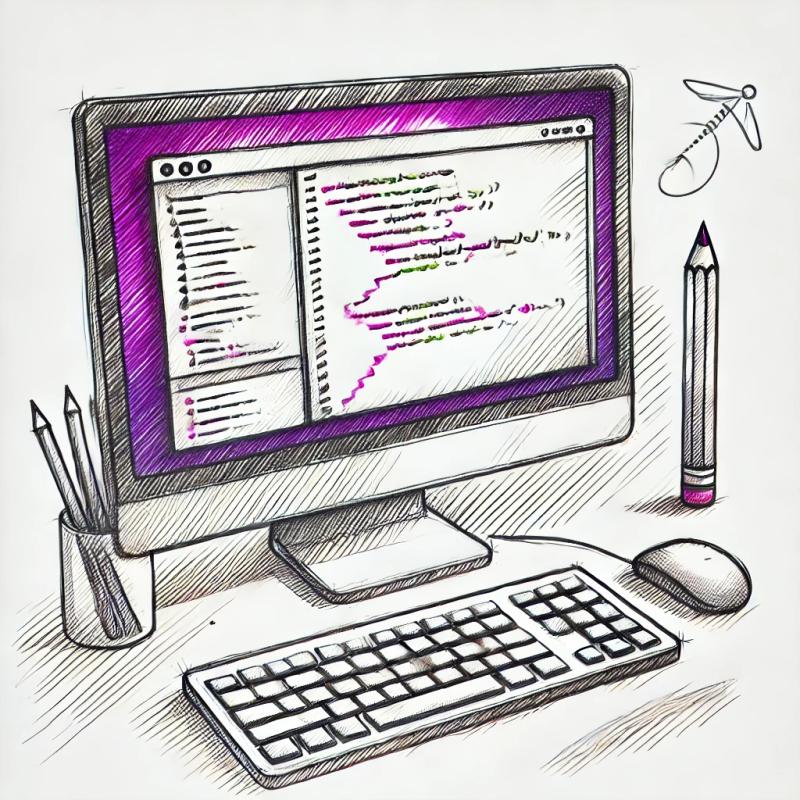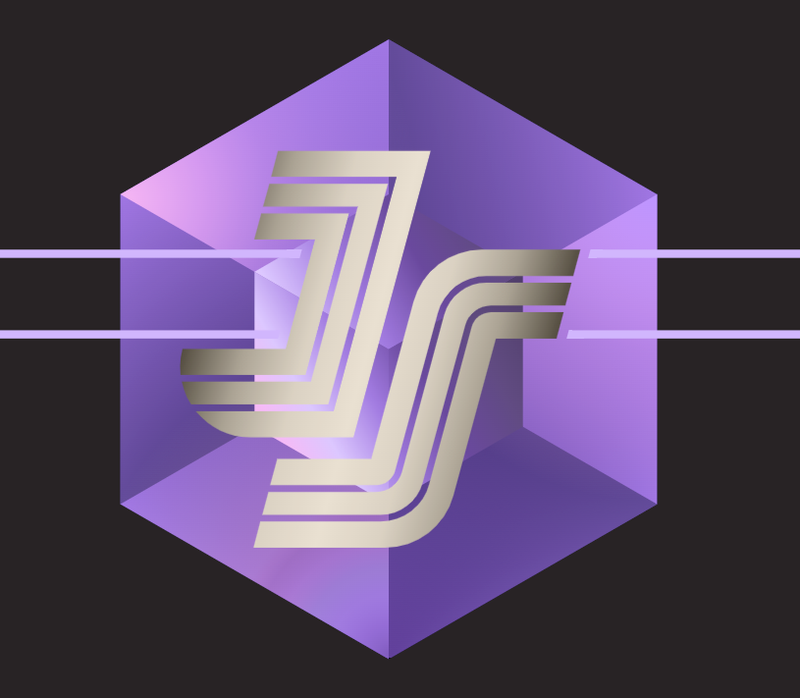


opentok-layout-js
Automatic layout of video elements (publisher and subscriber) minimising white-space for the OpenTok on WebRTC API. This is intended for use with the OpenTok on WebRTC JS API.
It automatically detects when an element is added or when the container is resized and it adjusts the layout of its' children accordingly.
Demo
Demo of layout container in action
Dependencies
The OpenTok for WebRTC JS API is required.
Usage
Call initLayoutContainer and pass it the element you want it to layout. It works best if you set the position of the element to be absolute or relative. You will then be returned an object with a layout method that you can call to layout the page.
var layout = initLayoutContainer(document.getElementById("layout"), {
maxRatio: 3/2,
minRatio: 9/16,
fixedRatio: false,
bigClass: "OT_big",
bigPercentage: 0.8
bigFixedRatio: false,
bigMaxRatio: 3/2,
bigMinRatio: 9/16,
bigFirst: true
});
layout.layout()
In an OpenTok application you would do something like:
<html>
<head>
<title>Layout Container Example</title>
<script src="http://static.opentok.com/v2/js/opentok.min.js"></script>
<script src="js/opentok-layout.min.js"></script>
<style type="text/css" media="screen">
#layoutContainer {
width: 320px;
height: 240px;
background-color: #DDD;
position:relative;
}
</style>
</head>
<body>
<div id="layoutContainer">
<div id="publisherContainer"></div>
</div>
</body>
<script type="text/javascript" charset="utf-8">
var layoutContainer = document.getElementById("layoutContainer");
var layout = initLayoutContainer(layoutContainer).layout;
var sessionId = "mySessionId";
var token = "myToken";
var apiKey = "myAPIKey";
var session = OT.initSession(sessionId);
session.on("streamCreated", function(event){
session.subscribe(event.stream, "layoutContainer", {
insertMode: "append"
});
layout();
}).connect(apiKey, token, function (err) {
if (!err) {
session.publish("publisherContainer");
layout();
}
});
</script>
</html>
Now any time you call the layout method the layout container will automatically be positioned and sized so that it minimises the white-space within the box given.
Resizing the Window
You want to call the layout method any time the size of the layout container changes. If the size of the container varies depending on the size of the window you may need to do:
var resizeTimeout;
window.onresize = function() {
clearTimeout(resizeTimeout);
resizeTimeout = setTimeout(function () {
layout();
}, 20);
};
This throttles calling layout so that it's not called over an over again when you're resizing the window.
Animations
If you want to animate things you can use CSS3 transitions on the children. eg.
.container > * {
transition-property: all;
transition-duration: 0.5s;
}
Big Elements
If you add the bigClass to elements in the layout container they will be treated differently. They are essentially in a layout container of their own which takes up bigPercentage of the space and has it's own settings for ratios (bigMaxRatio, bigMinRatio, bigFixedRatio).
You can have multiple elements which are treated as big elements which allow you to have all kinds of different layouts.
To see how this works try the demo and double click on elements.
Padding, Margins and Borders
The Layout Container will take into account the padding, margins and borders on it's children. If you want spacing between elements simply give them a margin or padding and they will be spaced accordingly.




